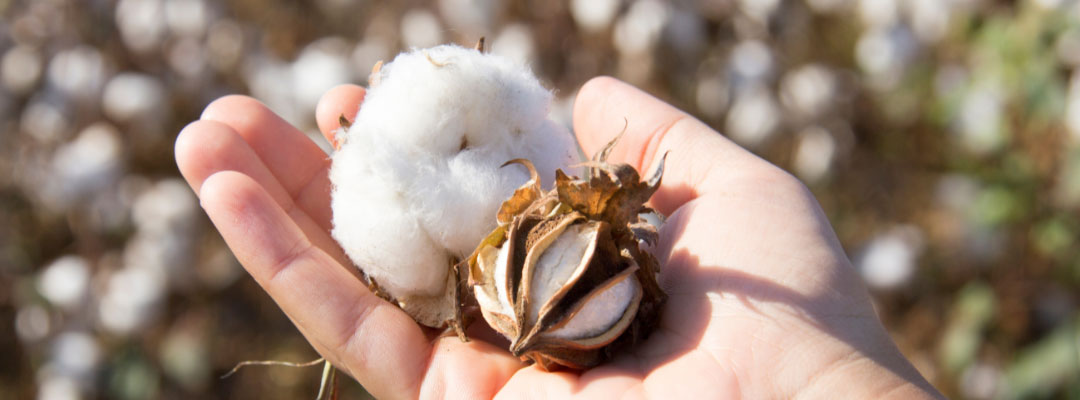On September 28th, ICE cotton futures closed above a dollar for the first time since 2011. Over the past year, the cotton market has been bullish, with prices following a long-term upward trend. On April 1, 2020, at the start of the COVID pandemic, December 2021 cotton futures closed at a contract low of 54.37 cents, but since that point the contract price has increased nearly 95% as of October 1, 2021.
A big driver in U.S. prices has been robust demand. Current USDA estimates for the 2020/21 marketing year have the U.S. exporting 16.37 million bales (Figure 1). As the estimate stands now, this would be the highest level of exports since 2005. China was the largest purchaser of U.S. upland cotton in the 2020/21 marketing year at 4.839 million bales, followed by Vietnam, Pakistan, and Turkey. Upland cotton sales to China were up 97% compared to the previous year. USDA export projections for the 2021/22 marketing year are currently at 15.5 million bales. Chinese demand will be a key factor going forward as questions persist about whether China can maintain current purchasing levels and about how much Chinese purchasing is attributable to the Phase 1 trade deal. Supply chain issues also continue across the globe, and higher U.S. prices have the potential to dampen U.S. export demand.
Current estimates have the U.S. with 11.19 million planted acres of cotton in 2021, down 900,000 acres from the previous year. Though planted acres are down, production is projected to be 3.9 million bales higher than the previous year at 18.51 million bales. Higher production estimates are a combination of a better yield outlook and a lower abandonment rate. Cotton production in 2020 was hampered by drought conditions in Texas and hurricanes in the southeast. The U.S. is projected to harvest 9.92 million acres in 2021, which is 1.64 million more acres than 2020 with an average yield of 895 lbs/acre. Currently, USDA has 65 percent of the U.S. crop rated as good or excellent which is 22 percentage points higher than last year. Most of the U.S. crop remains a couple of weeks behind schedule, and weather remains the determining supply factor after a period of wet weather and milder temperatures across much of the cotton belt.
Bringing supply and demand together, U.S. ending stocks for the 2021/22 marketing year are projected at 3.7 million bales, which is a reasonably tight level. Looking ahead to the spring of 2022, the ratio of Dec’22 CBOT corn futures to Dec’22 ICE cotton futures can serve as an early projection for planted cotton acres. That ratio currently sits near 6.1, which is similar to last year. This suggests planted cotton acres of 11 or 12 million. The occurrence of dollar cotton, though, is exciting to producers and has the potential to push acreage higher. Assuming 12 million planted acres, a ten-year national average yield of 855 lbs/acre, a 15% abandonment rate, and keeping all else at 21/22 projections, this would suggest ending stocks at 3.87 million bales. This would be a minimal increase in ending stocks and suggests new crop futures prices trading around a comparable level to the current marketing year range.
Figure 1. U.S. Cotton Exports 2000-2019, 2020 estimate, and 2021 projection.

Source: USDA WASDE, September 2021
Maples, William E. . “Cotton Outlook.” Southern Ag Today 1(43.1a). October 18, 2021. Permalink

